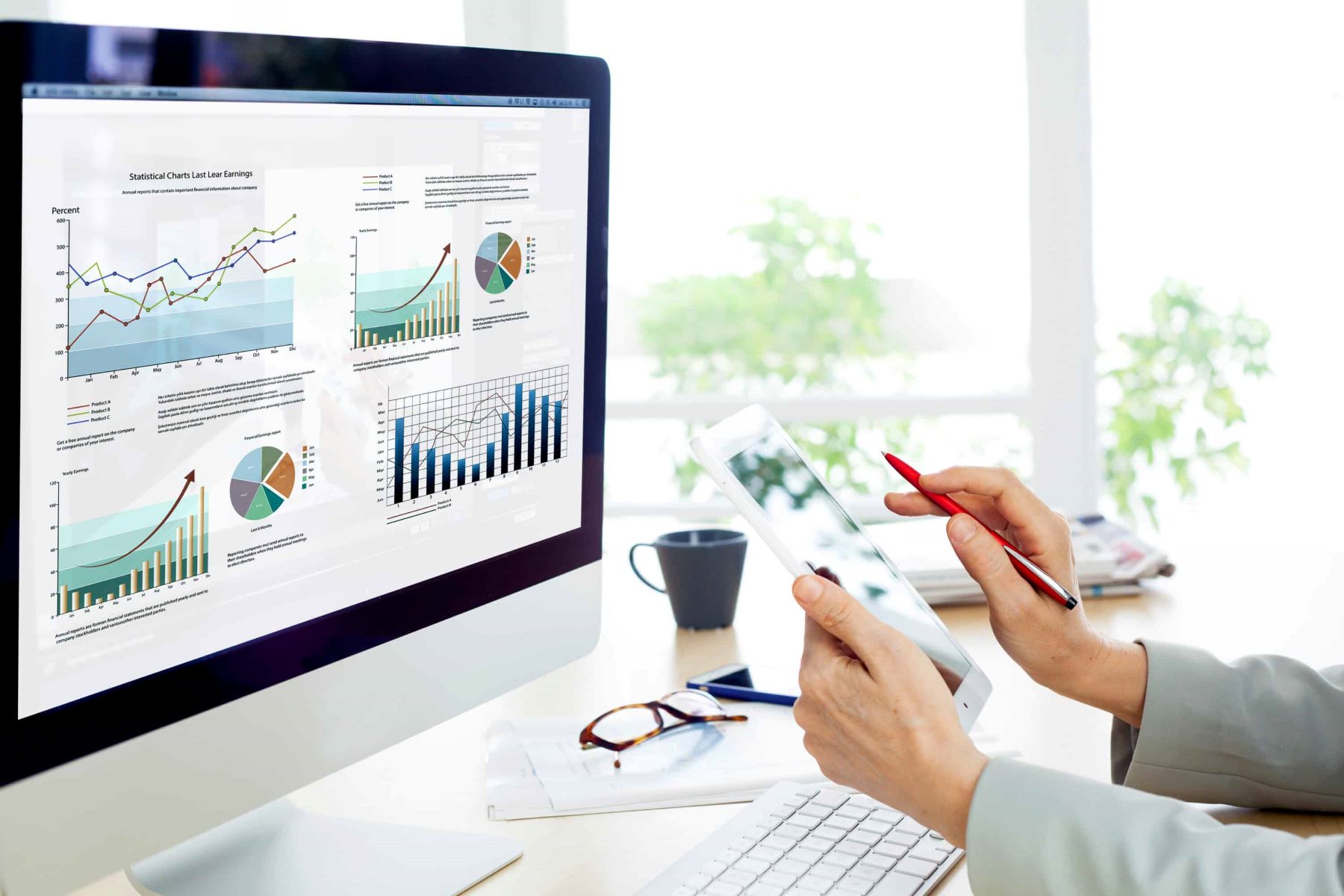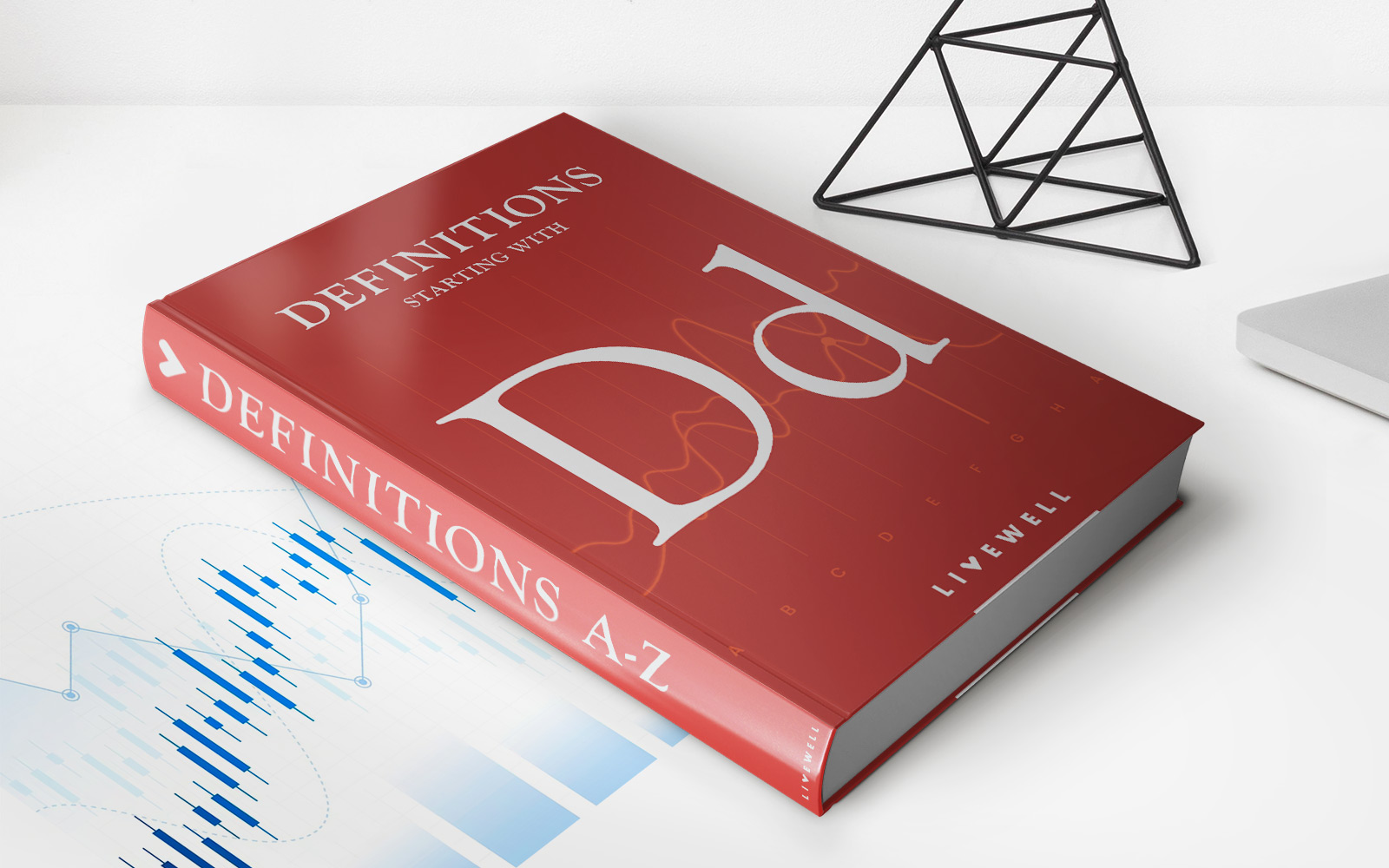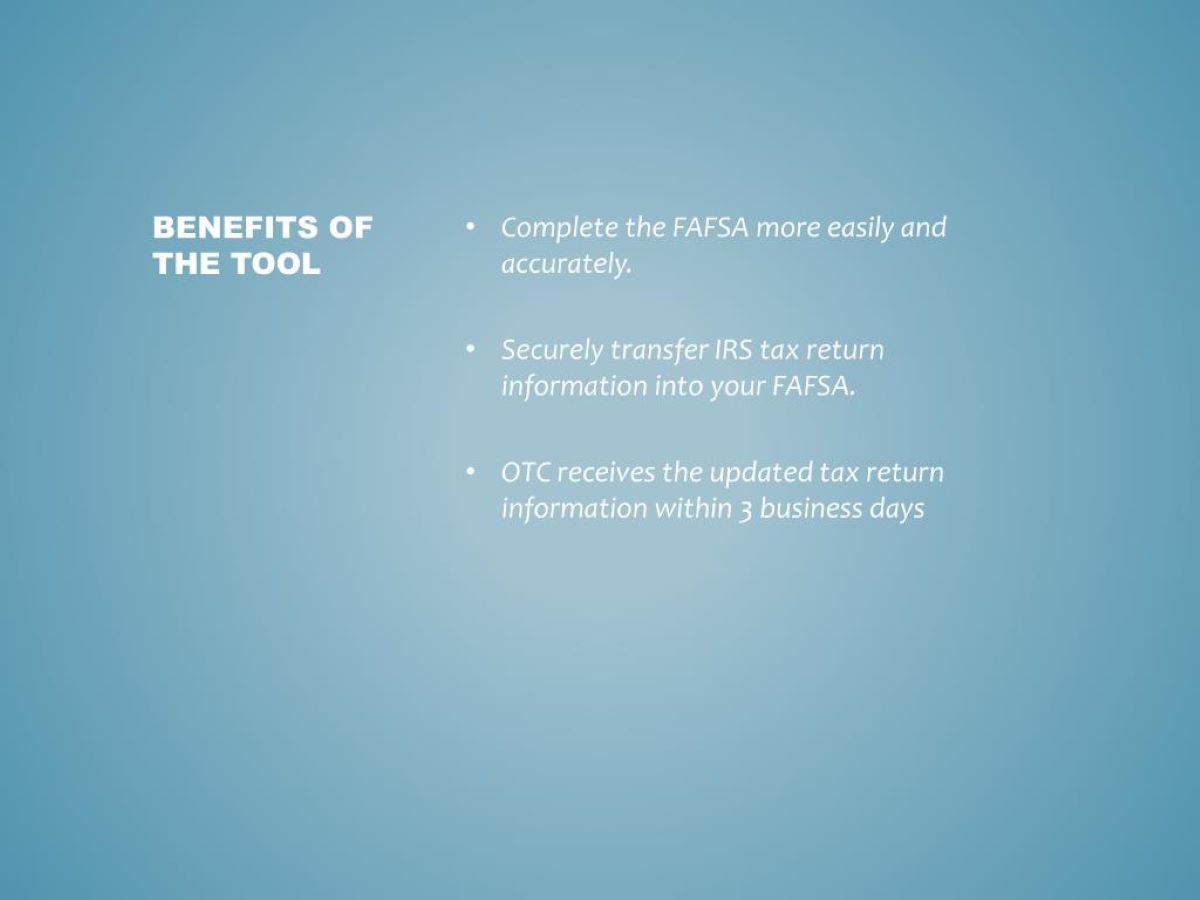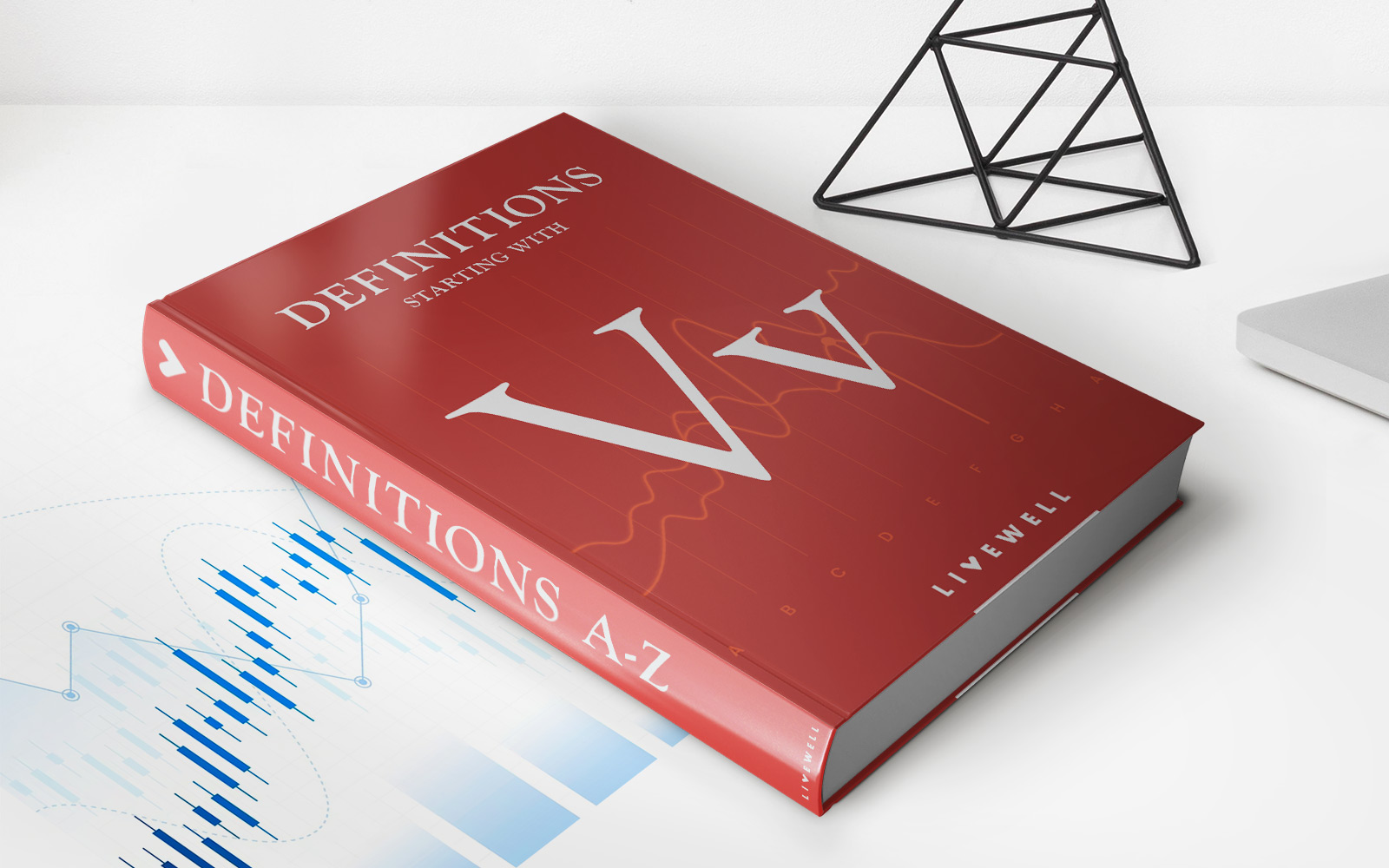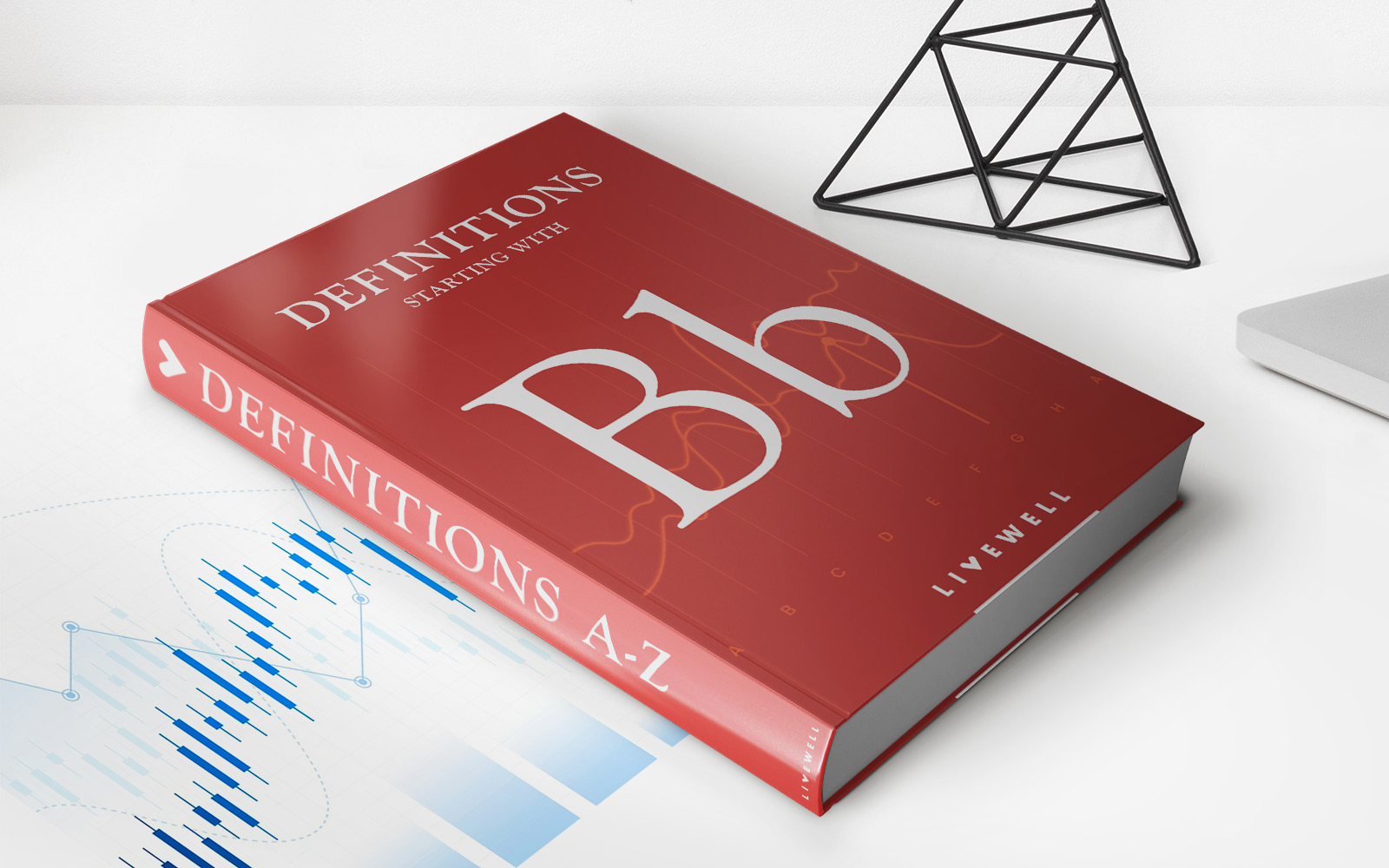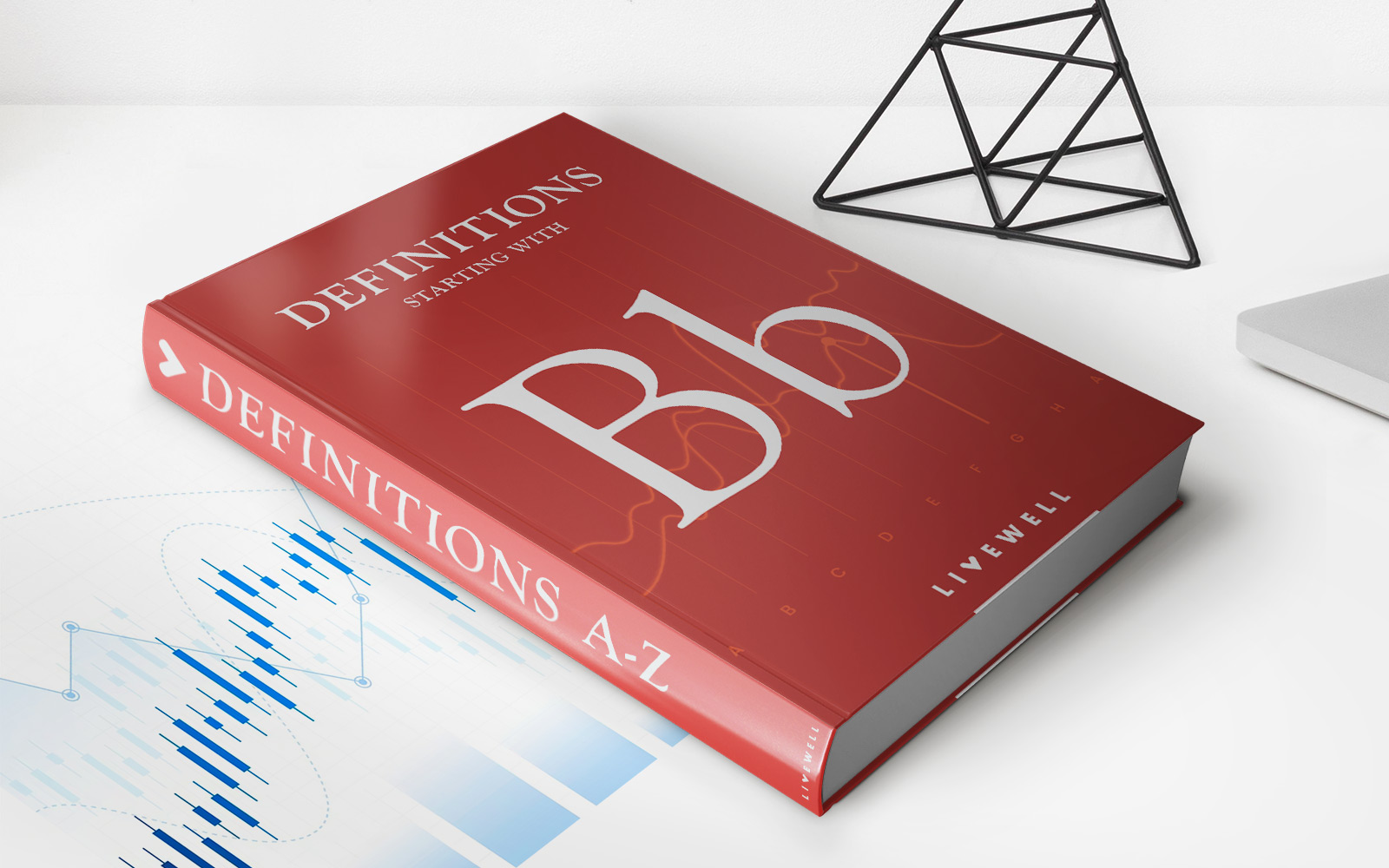Home>Finance>What Is Big Data? Definition, How It Works, And Uses
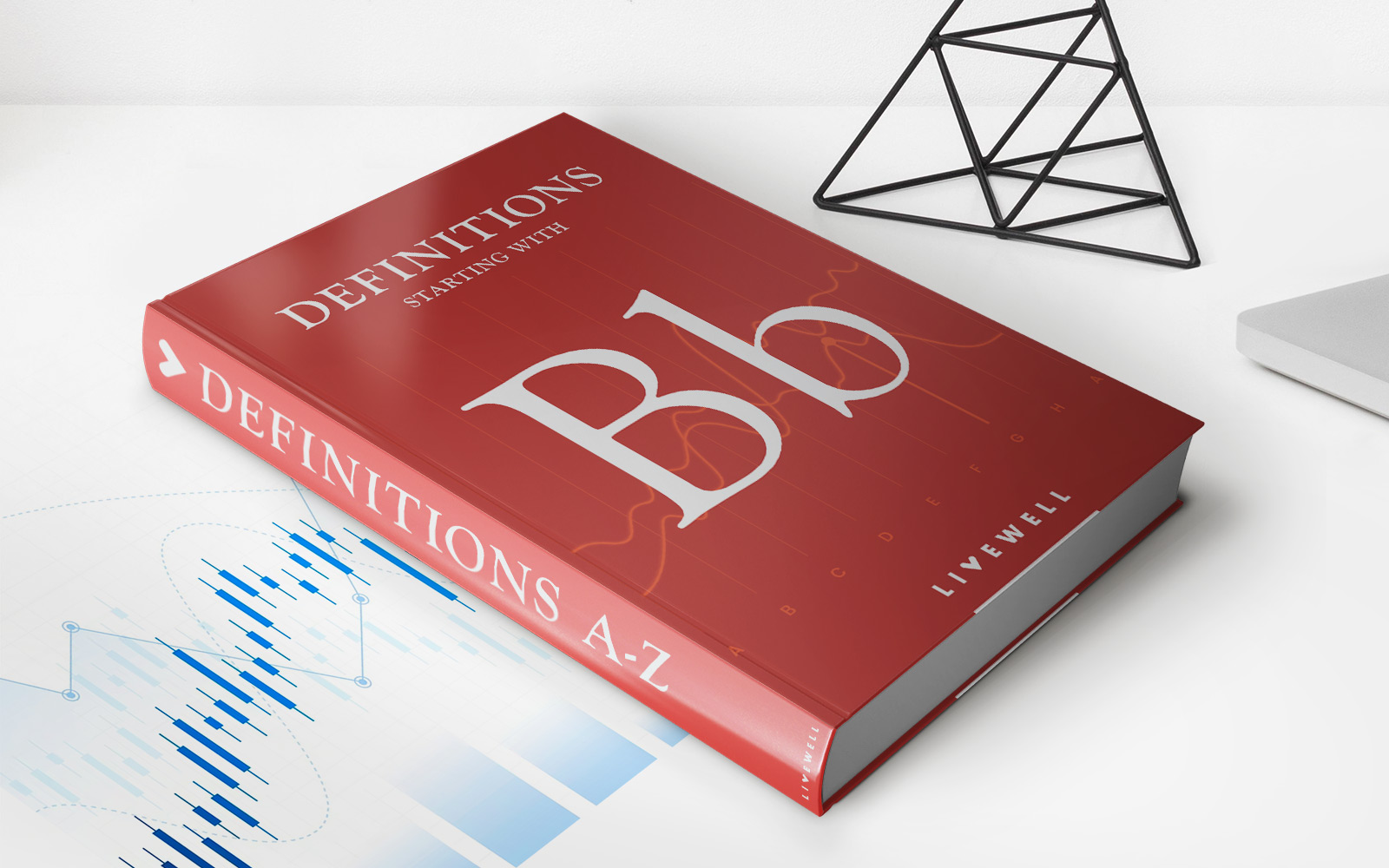

Finance
What Is Big Data? Definition, How It Works, And Uses
Published: October 16, 2023
Learn about the definition, working principles, and various applications of big data in finance. Understand how big data revolutionizes the finance industry.
(Many of the links in this article redirect to a specific reviewed product. Your purchase of these products through affiliate links helps to generate commission for LiveWell, at no extra cost. Learn more)
Understanding Big Data: Definition, How It Works, and Uses
Welcome to another informative blog post in the FINANCE category! Today, we are diving into the world of big data. Have you ever wondered what this term means and how it affects our daily lives? Well, you’re in the right place because we’re about to unpack it all for you!
Key Takeaways:
- Big data refers to the massive amounts of structured and unstructured data generated from various sources.
- It can provide valuable insights, improve decision-making processes, and fuel innovation across industries.
So, what exactly is big data? In simple terms, it refers to the massive amounts of structured and unstructured data that is generated from various sources such as social media, sensors, and online transactions. This data is characterized by its volume, velocity, and variety, hence the term “big.” The sheer amount of data can be overwhelming, but when properly analyzed, it can provide valuable insights that can lead to better decision-making processes and drive innovation.
How does big data work?
Big data works through a three-step process: capture, process, and analyze. Let’s break it down:
- Capture: Data is collected from different sources, both online and offline, using various methods like sensors, surveys, and social media platforms. This data can include text, images, videos, and more.
- Process: Once the data is captured, it needs to be cleaned and transformed into a usable format. This involves filtering out irrelevant or duplicate information and organizing the data in a way that makes it easier to analyze.
- Analyze: The processed data is then analyzed using advanced analytics tools and techniques to uncover meaningful patterns, trends, and correlations. This analysis can be used to make informed decisions, identify emerging opportunities, and mitigate potential risks.
Now that we understand the basics of how big data works, let’s explore some of its key uses across various industries:
Uses of Big Data
1. Financial Sector: Big data plays a crucial role in the finance industry. It helps financial institutions identify fraudulent activities, assess creditworthiness, and analyze market trends to make better investment decisions.
2. Healthcare: Big data is transforming healthcare by facilitating personalized medicine, predicting disease outbreaks, and improving patient care through real-time monitoring and analysis of medical data.
3. Retail: Retailers leverage big data to understand consumer behavior, optimize pricing strategies, and improve inventory management, leading to enhanced customer experiences and increased sales.
4. Manufacturing: In the manufacturing sector, big data is used to optimize supply chain operations, predict equipment failures, and streamline production processes, resulting in improved efficiency and reduced costs.
5. Transportation: Big data is a driving force behind smart transportation systems. It enables real-time traffic monitoring, predictive maintenance of vehicles, and efficient route planning, ultimately reducing congestion and enhancing transportation networks.
These are just a few examples of how big data is revolutionizing industries worldwide. Its potential is vast, and as technology continues to advance, we can expect even greater applications in the future.
Wrapping Up
In conclusion, big data is not just a buzzword; it is a powerful tool that is transforming the way we live and work. By capturing, processing, and analyzing massive amounts of data, valuable insights are unlocked, improving decision-making processes and driving innovation across various sectors. Whether it’s in finance, healthcare, retail, manufacturing, or transportation, big data is paving the way for a data-driven future.

